Posts

UCLA Researchers Use Big Data Expertise to Create a News Media Resource on the COVID-19 Crisis
In the Department of Communication at UCLA, the Co-Mind Lab has…
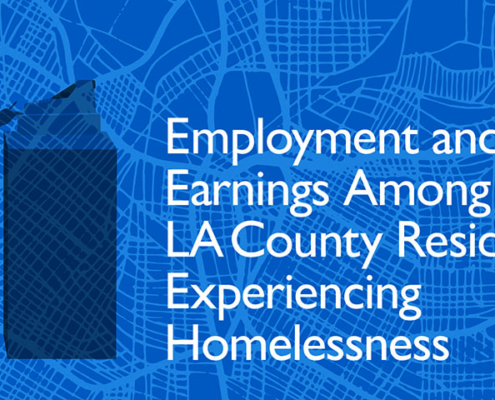
New Study Finds a Substantial Number of Californians Are Working Before Becoming Homeless
February 27, 2020 --- A new report released today by the…
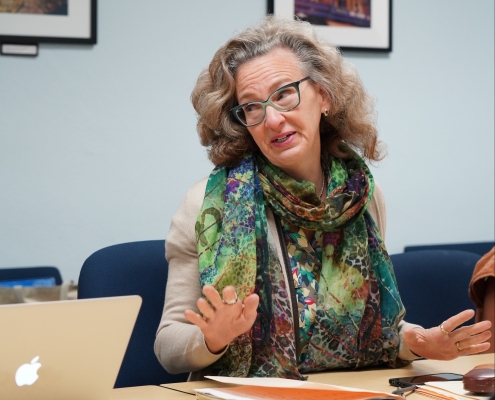
Do We Make a Difference? Social Change in Theory and Practice
Young people often want to change the world. But when facing…
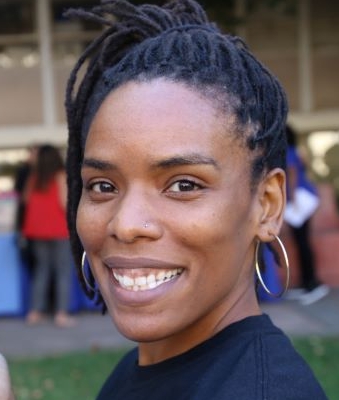
LA Social Science Scholar Profile: The Rise of Jasmin A. Young
Jasmin A. Young is currently a University of California President’s…

Growing Up Bilingual in Multilingual Los Angeles
By Lilit Ghazaryan UCLA Graduate Student, Department of…
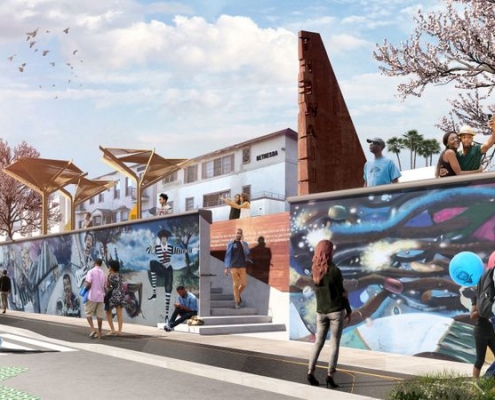
Engaging LA: UCLA and Destination Crenshaw
Los Angeles is known for many things, such as warm weather,…
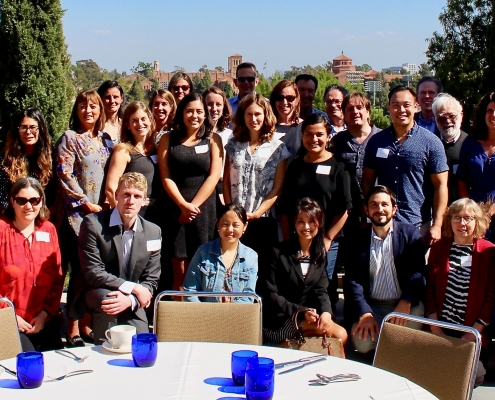
UCLA California Center for Population Research Commemorates Its 20th Anniversary
On October 11-12, 2018, the California Center for Population…
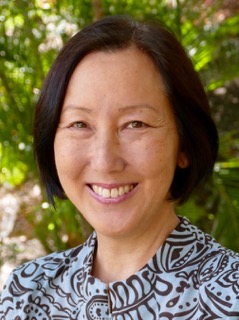
LA Social Science Presents “Conversations with Changemakers” Featuring Dr. Karen Umemoto
Dr. Karen Umemoto is a professor in the Department of Asian…
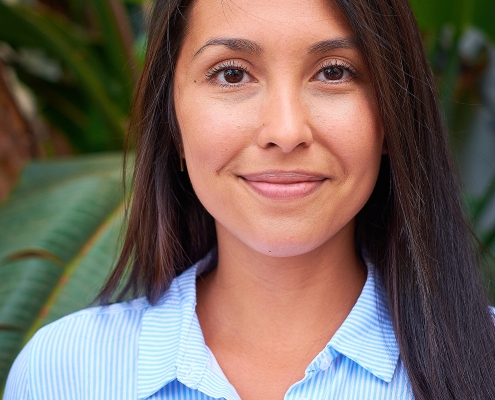
Word of Mouth: What an LA Auditory-Verbal Preschool Classroom Is Teaching Me About Spoken Language Development
By Kristella Montiegel PhD Student, Sociology, UCLA It’s…
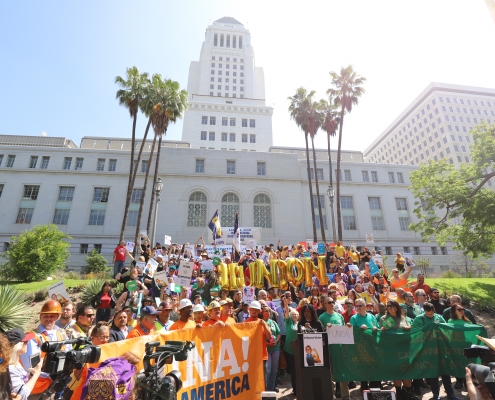
“Janus” Challenges Unions to Organize
By Kent Wong Director, UCLA Labor Center The Supreme…

